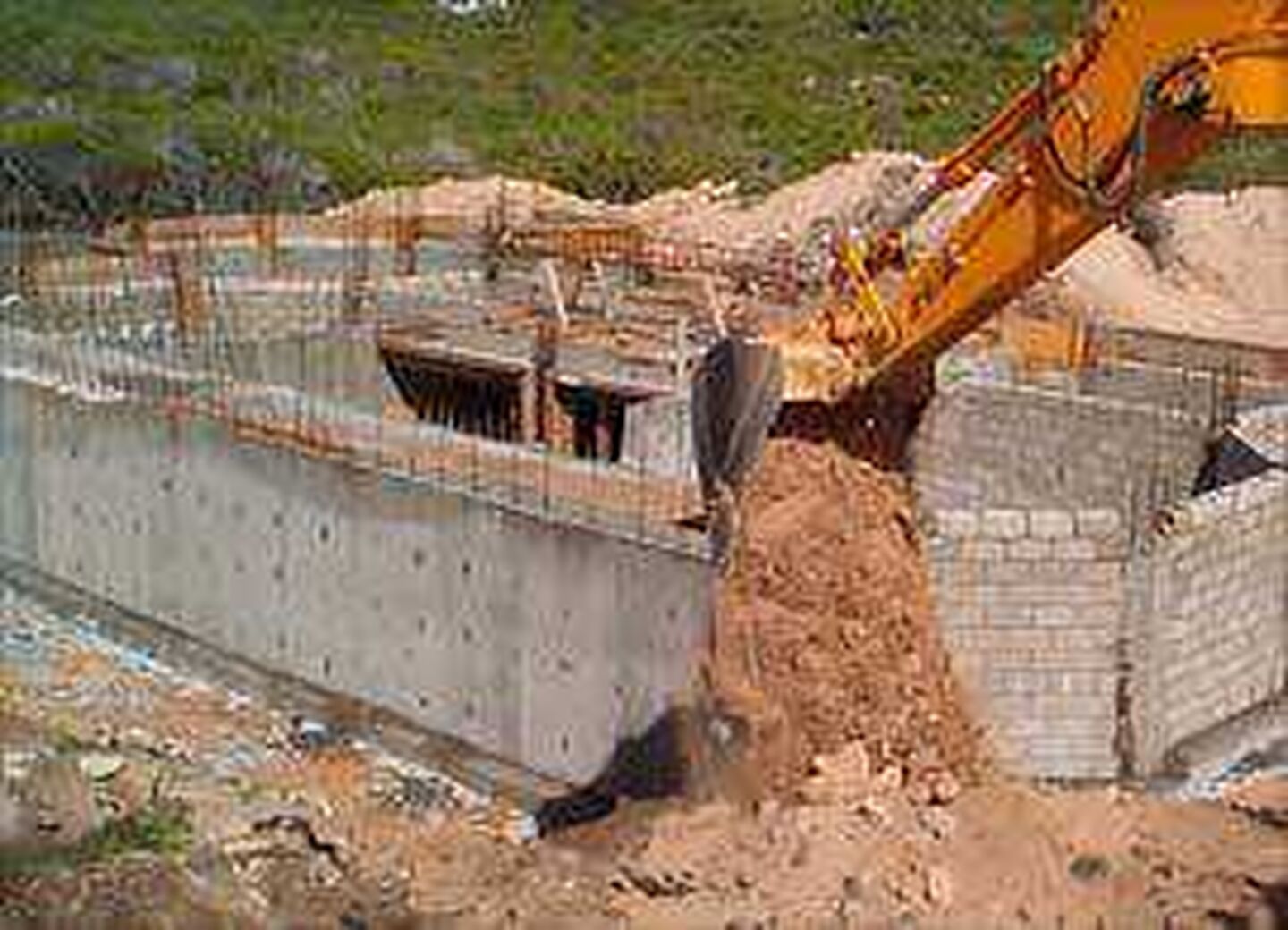Structural Foundation Damage Caused by Improper Backfill

The construction of a home begins with digging a hole. It may be a deep hole to accommodate a full-depth foundation or a shallow one for a crawl space. It may even be a few small holes for footings for a house that is to be built on a slab.
The deeper the foundation is to go, the wider the hole must be to allow the excavation equipment to reach the required depth. Once the footings have been poured and the foundation has been built, either by laying concrete block or pouring concrete into a system of forms, the hole has to be filled in around it in a process called backfilling. This process, even when done well, can be problematic for the foundation in the future; when done poorly, problems are almost guaranteed.
How Backfill Contributes to Foundation Damage
The excavation described above usually takes place in undisturbed soil that may have been untouched for decades or maybe even hundreds of years. That soil has compacted as much as it ever will and forms a stable base for building. However, the excavation created a “bowl” of undisturbed soil in which the foundation will sit and which is pretty effective in retaining water.
Also, once an excavator digs it up, the soil removed from the hole breaks apart and becomes loose again and, when it is used to backfill around the foundation must be compacted while it is being placed in the excavation. Even the most painstaking job of compaction, however, will not compress the soil equally with the undisturbed soil; therein lies the problem.
Water in the Bowl
The original bowl that resulted from excavation still remains under the foundation and the lesser-compacted backfilled soil. When the water table rises or heavy rains or snowmelt cause the bowl to fill with water and the backfill to saturate, water at the bottom of the bowl creates upward pressure on the foundation, known as hydrostatic pressure. This can cause seepage in the basement through floor cracks or the cove joint.
In a shallow foundation, the water in the bowl can freeze and cause the foundation to “heave,” or lift upward. If the water is withdrawn from the saturated soil by trees and plants seeking hydration during a drought, the soil will compact and the foundation will crack and drop into the void that created.
In a deeper foundation, heaving is not likely to take place because its bottom is below the “frost line,” the lowest level in the soil that freezing takes place. In the Chicago area, the frost line is at approximately 42 inches below the surface, a fact well known to anyone who’s built a deck or a fence or installed a mailbox.
However, the area of the backfilled bowl that surrounds the foundation is also subject to saturation and when the clay soil common to the Chicago area absorbs water it swells, which creates lateral pressure against the foundation walls. This can cause non-structural cracks in a poured concrete foundation that will seep water but it can also create structural cracks in concrete and cause the foundation wall to tip or rotate inward, which requires repair and stabilization.
In a masonry foundation, this pressure causes mortar joints to crack and walls to bulge or bow inward in the middle. Left unrepaired, the blocks will eventually begin to shift out of line. Either of these conditions also requires repair and stabilization.
When any of these events occurs, whether caused by improper backfill or other conditions, the homeowner will need the advice and assistance of a qualified foundation repair contractor. At U.S. Waterproofing, our foundation repair experts make use of engineering data and the latest proven techniques and materials to repair and stabilize foundations permanently with a minimum of inconvenience. Why not ask us for a free consultation?




